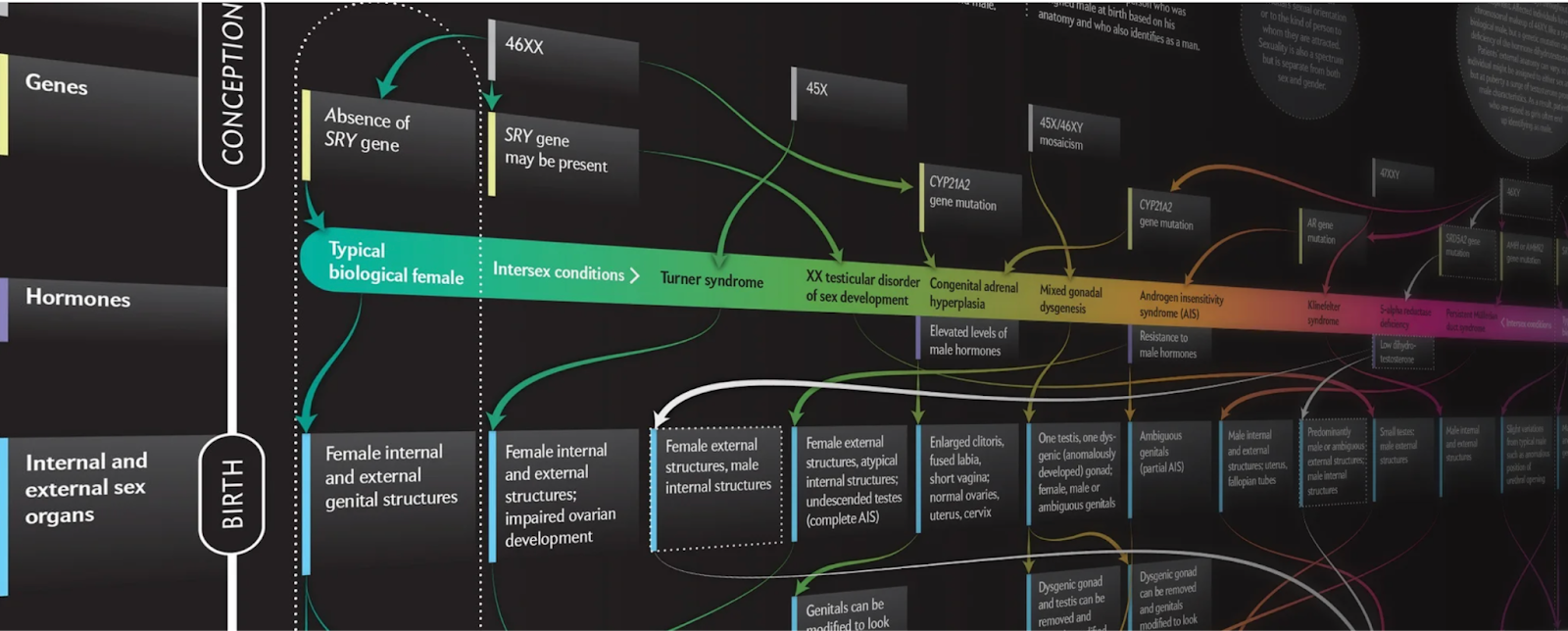Survival of species: A dating guide for animals
Learn more about Stile's new unit sexual reproduction that aligns to Version 9 of the Australian Curriculum.

Sexual reproduction isn't often the most popular topic to teach Year 9 students. So we decided to make something students will want to learn and you'll actually want to teach! Our latest Reproduction unit threads in the important social issue of extinction as students learn about reproductive strategies, sex cells and organs and genetic variation, all while having a bit of fun by writing a dating guide for animals!
Importantly, this latest unit covers requirements that are new to Version 9 of the Australian Curriculum.
Many students over the past few years will have experienced a natural disaster. This unit begins with students using their visual literacy skills to investigate the impact various human activities, climate change and natural disasters are having on koala populations. Students use their critical and creative thinking skills to analyse the reproductive strategies of koalas to make claims about how koala breeding season and bushfire seasons are affecting their reproductive success.

Koalas aren't the only species under threat, and this provides the catalyst for students to learn about how the reproductive strategies of different animals contribute to their survival as a species. They meet Jenna Pinchuck, an embryologist from Sydney who helps guide them through the weird and wonderful world of reproduction in the animal kingdom and investigates the organs, cells and behaviours they use to reproduce.

Our lesson on sex organs begins with teacher and student supports that draw on the latest research around sex determination and was developed with expert guidance from Intersex Human Rights Australia. The term intersex is introduced, and using our improved teacher tips, we provide comprehensive resources, so you feel supported to lead a discussion around sexual variation. Resources like this one from the Australian Government on intersex variation and this one from Scientific American explore the extraordinary complexity of sex determination with an amazing visual of the variation of hormones, genes and external organs, which includes an amazing graphic display of the incredible variation found within the population. We feel it’s important to support education around sexual variation, to embrace diversity, and to model inclusivity. Science is always evolving, and as a science resource, we pride ourselves on ensuring we present a measured approach that ensures scientific accuracy while presenting new ideas.

We have integrated literacy tasks throughout the unit through interesting did you know(s), and explicit comprehension tasks to give students the opportunity to explore the wide world of weird animal reproduction with humour and tact.

In teaching reproductive organs, students learn through comparison, comparing human and koala reproductive organs. Incredible infographics assist students in making the connection between the structure and function of the reproductive system to allow students to begin to connect the way things look and the way they work.
The unit closes with one of the most interesting summative assessment tasks you will come across. Students create the ultimate dating profile for their chosen species which they share with their peers in a speed dating session. This rigorous task asks students to self-assess using a student-facing rubric that is aligned to Version 9 of the Australian Curriculum. Students will not only meet curriculum requirements but have a blast whilst doing so.

This unit is designed to meet the new outcome in Version 9 of the Australian Curriculum and aligns with the following content descriptions:
Science Understanding
AC9S9U02 describe the form and function of reproductive cells and organs in animals and plants, and analyse how the processes of sexual and asexual reproduction enable survival of the species
Science as a Human Endeavour
AC9S9H02 investigate how advances in technologies enable advances in science, and how science has contributed to developments in technologies and engineering
AC9S9H04 examine how the values and needs of society influence the focus of scientific research
Science Inquiry
AC9S9I05 analyse and connect a variety of data and information to identify and explain patterns, trends, relationships and anomalies
AC9S9I08 write and create texts to communicate ideas, findings and arguments effectively for identified purposes and audiences, including selection of appropriate content, language and text features, using digital tools as appropriate
In our new Scope and Sequence for Version 9 of the Australian Curriculum, we have suggested this could be taught at the end of Term 1, over two weeks.
We hope you find this unit to be your perfect match!

